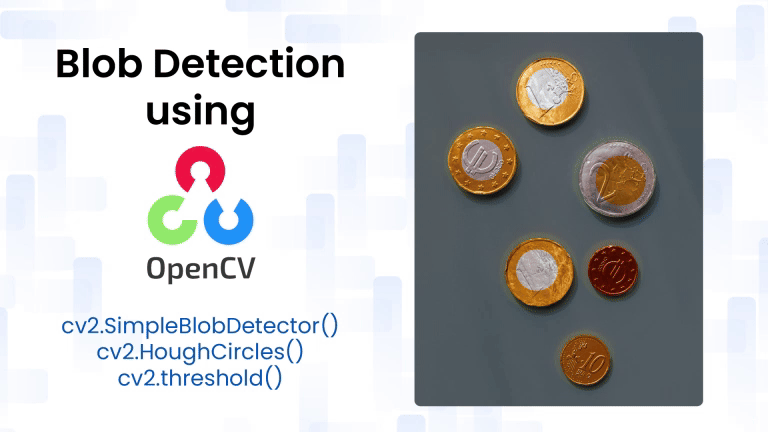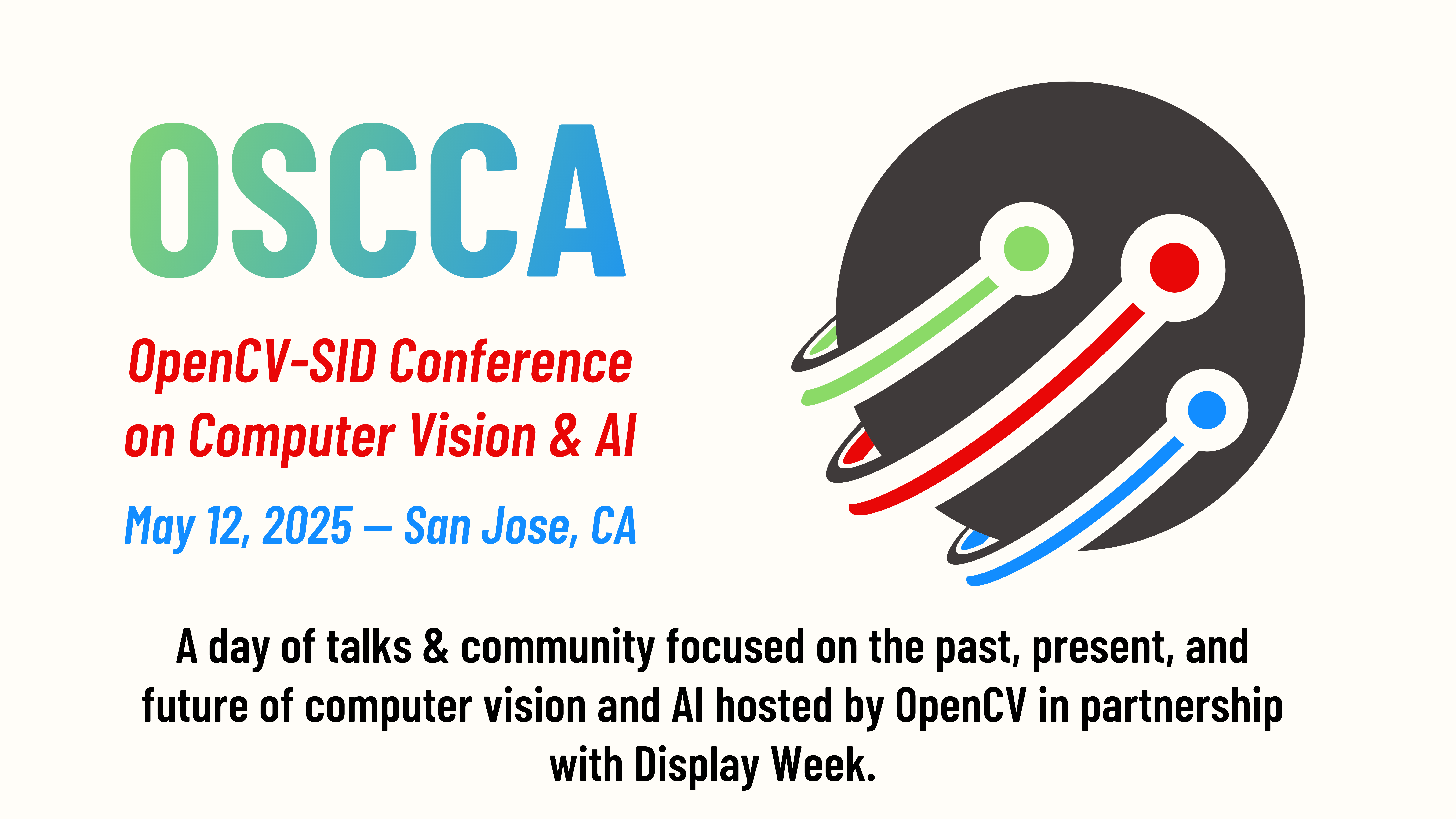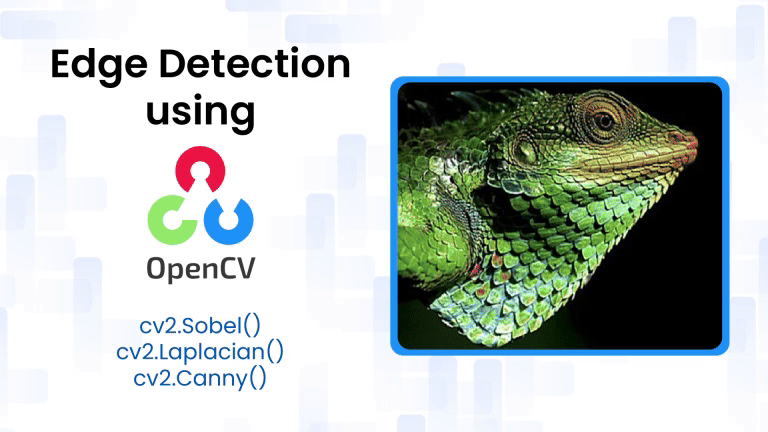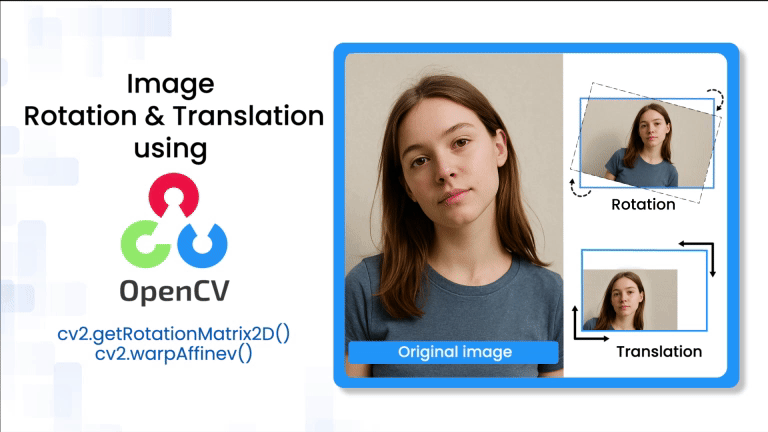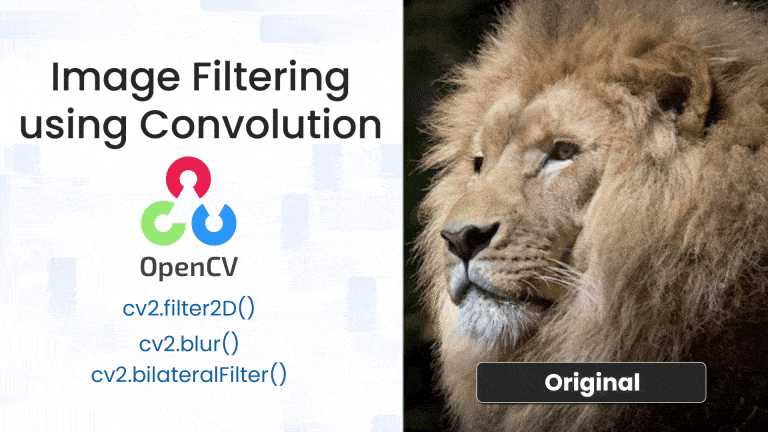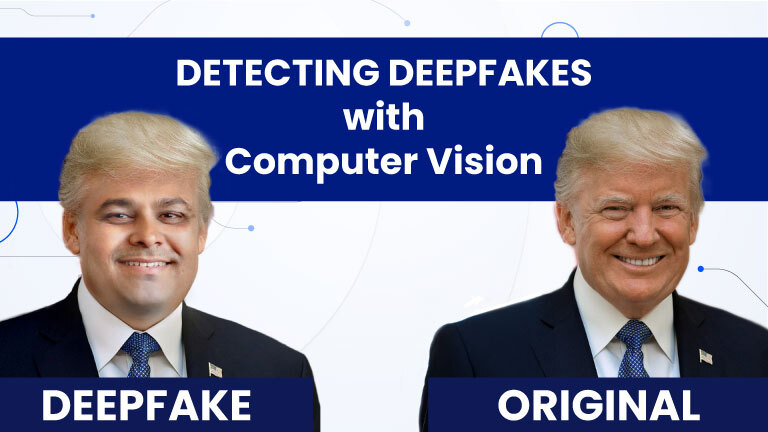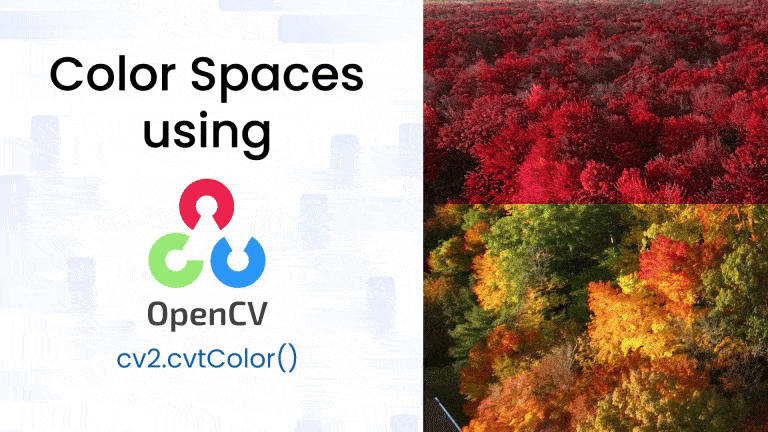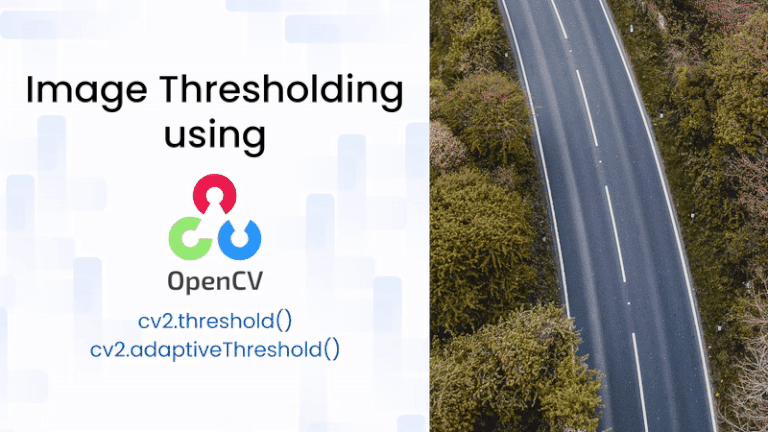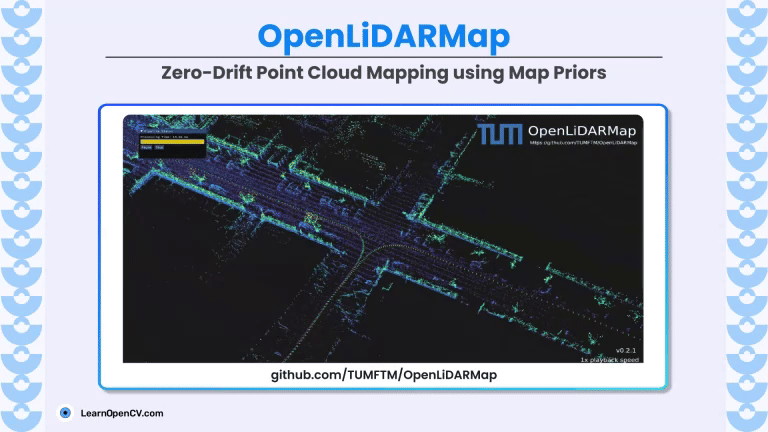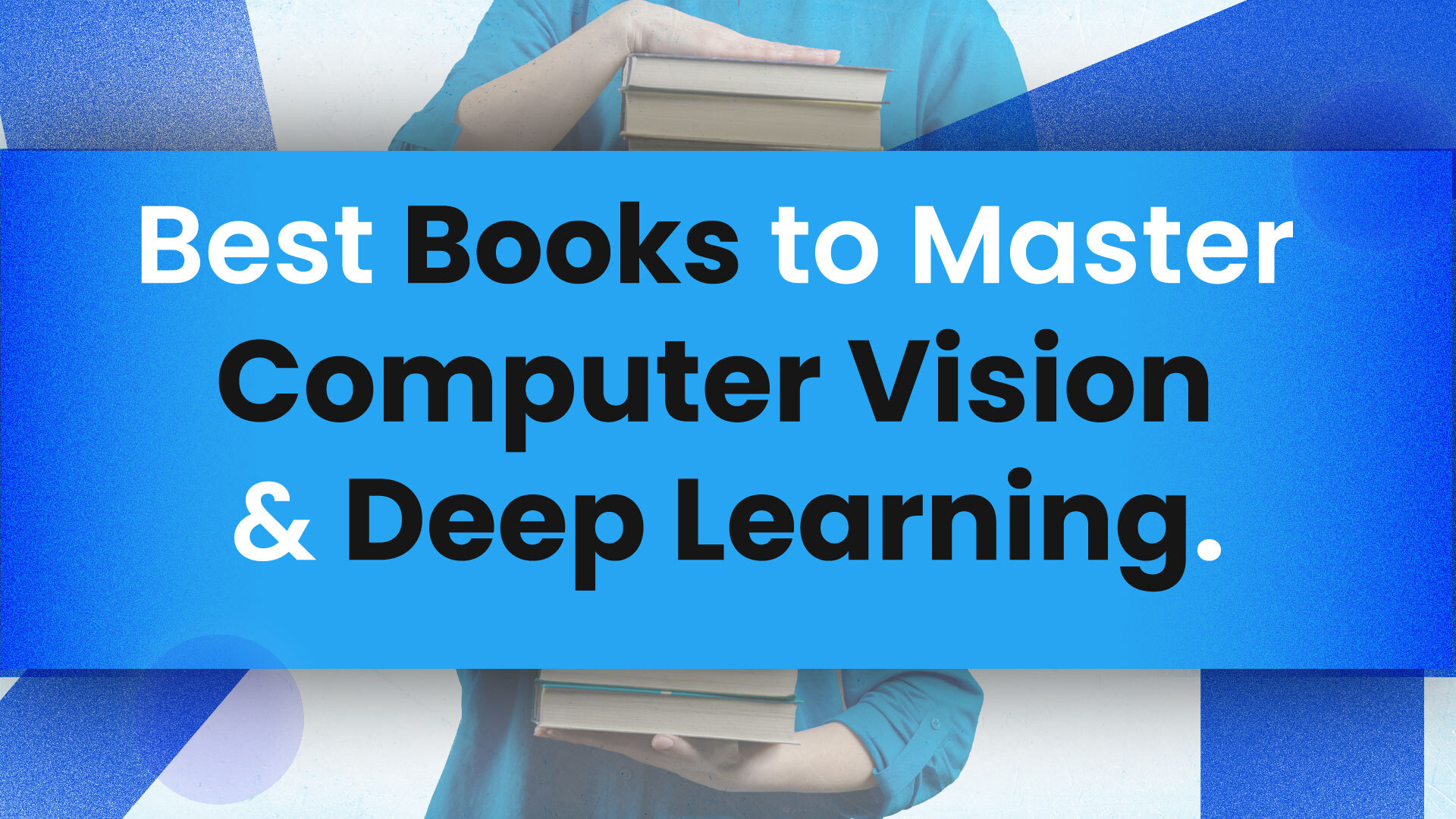News
In computer vision, detecting blobs(regions) that differ from their surroundings is a common and powerful technique. A blob can be as simple as a spot of light in an image
The OpenCV-SID Conference on Computer Vision and AI (OSCCA), OpenCV’s first ever in-person conference, is just a few days away! If you’re in the SF Bay Area, it is a
Edge detection is a crucial technique in image processing and computer vision, used to identify sharp changes in brightness that typically signify object boundaries, edges, lines, or textures. It enables
Image translation and rotation are two of the most common and essential operations in computer vision. Whether you’re aligning scanned documents, augmenting datasets for deep learning, correcting skewed camera input,
MP-SfM redefines classical Structure-from-Motion by tightly integrating monocular depth and surface normal priors into incremental SfM, enabling robust 3D reconstruction from sparse, unstructured image collections. Key Highlights: Resources Paper: https://arxiv.org/abs/2504.20040Github:
Image filtering is one of the fundamental building blocks of computer vision. Whether you’re smoothing an image to remove noise or enhancing features for better detection, filtering techniques based on
Imagine this! A video of a world leader giving a speech they never actually delivered, or a celebrity appearing to endorse a product they’ve never even heard of. These aren’t
Color spaces are fundamental to how digital images are represented and processed in computer vision. While the RGB (Red, Green, Blue) is the most commonly used, OpenCV supports several other
NormalCrafter introduces a novel approach for surface normal estimation in videos, leveraging diffusion priors to achieve high spatial fidelity and temporal consistency over arbitrary-length sequences. Key Highlights: Project Related articles
Image thresholding is one of the most essential and widely used techniques in image processing and computer vision. It transforms a grayscale image into a binary image by setting pixel
OpenLiDARMap presents a GNSS-free mapping framework that combines sparse public map priors with LiDAR data through scan-to-map and scan-to-scan alignment. This approach achieves georeferenced and drift-free point cloud maps. Key
Computer Vision and Deep Learning are the superstars of today’s AI universe, fueling everything from cars that drive themselves to medical tools smart enough to spot issues even seasoned doctors

